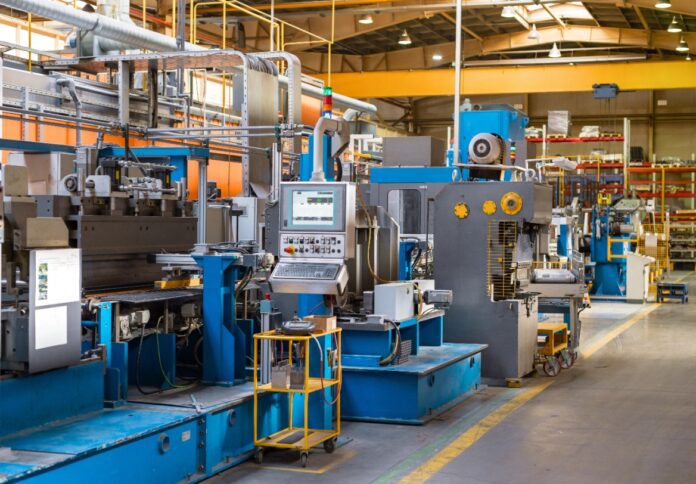
The latest “Hourly Work Index” by Deputy has provided a snapshot of the state of hourly work in Australia’s manufacturing sector for September.
The report highlights a transitional phase for the industry, with businesses recalibrating shifts, increasing hiring, and grappling with labour supply challenges.
Fewer shifts, longer hours
In September, the number of shifts worked in the manufacturing sector fell by 2.95 per cent month-on-month (MoM), with total hours worked also declining by 2.42 per cent.
However, the average shift length increased to 8.11 hours, reflecting employers’ adjustments to maximise productivity during the shifts that do occur.
“As businesses grapple with talent retention, competitive wages, and evolving market demands, the manufacturing sector faces a host of challenges that extend beyond the factory floor,” Deputy CFO Emma Seymour said.
“These hurdles can profoundly affect economic growth, workforce stability, and the sector’s overall resilience,”
Hiring resurgence amid turnover challenges
September saw a 24 per cent increase in new hires, a positive sign following a sharp decline in August. Despite this, the employee turnover rate also rose by 10.61 per cent, signalling ongoing challenges in workforce retention.
The predictable scheduling metric, which indicates the reliability of shift planning, showed a modest increase as well.
“Monthly fluctuations in manufacturing operations and capacity can cause ripple effects throughout the economy, directly affecting supply chains and industries like retail and logistics. This interconnectedness highlights the importance of a strong manufacturing sector in ensuring economic stability,” Seymour commented.
Increased earnings for workers
Despite the reduction in shifts, workers benefited from longer hours, with average shift-pay rising to $258.44.
This indicates that employers may be offering extended shifts to retain employees, a strategy to reduce turnover and keep operations running smoothly in a competitive labour market.
Broader economic and social impacts
The manufacturing sector’s transition in September, with fewer shifts but longer hours, highlights broader challenges affecting both the workforce and operational capacity.
A persistent labour shortage and ongoing supply chain disruptions are putting pressure on production and logistics.
While federal initiatives, such as the Future Made in Australia Act, aim to accelerate the sector’s growth, employers are urged to remain adaptable.
Prioritising skilled workers and offering competitive packages will be crucial for long-term success in a tight labour market.
“Organisations that are prepared for these changes will be better positioned to retain skilled workers which is essential for long-term success in the tight labour market,” Seymour concluded.


















